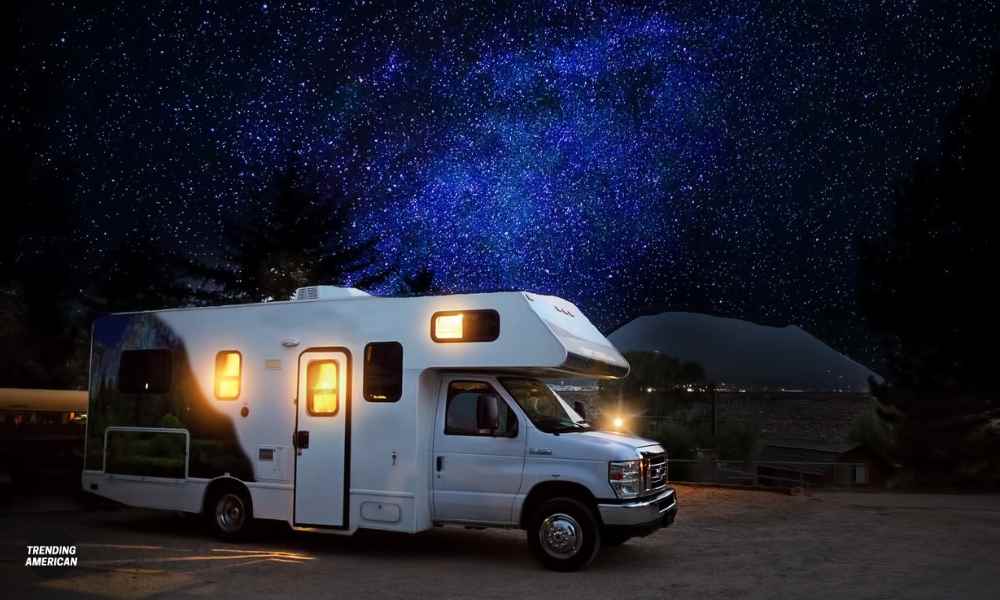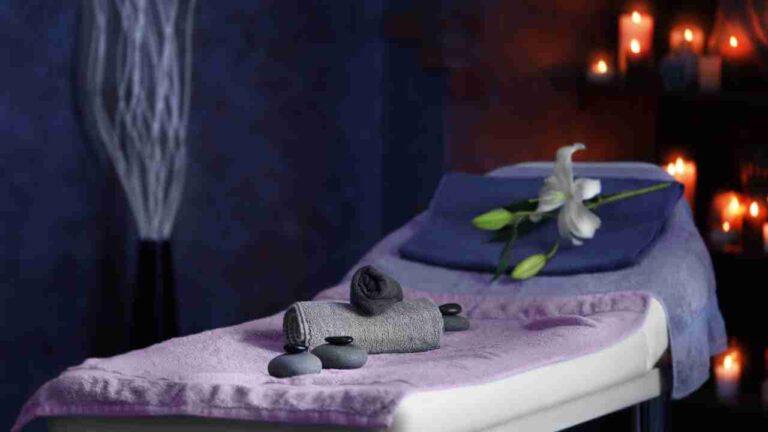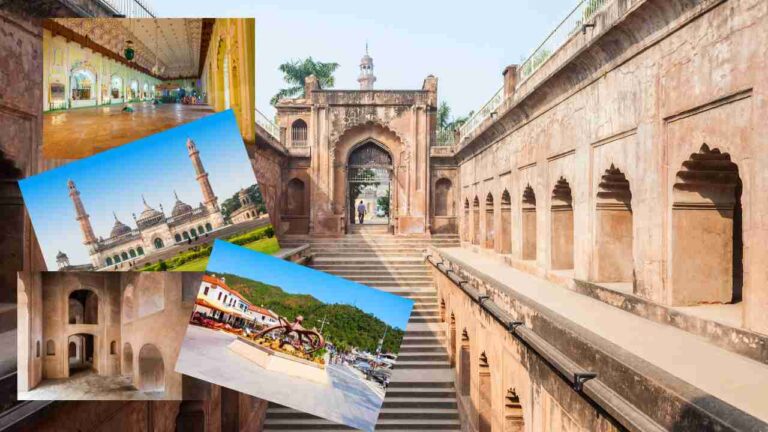Best Holiday Caravan Moisture Reduction Tips
Every caravan owner’s nightmare is having to unlock a caravan after several months of storage only to discover it is covered in black patches of mildew and rotting wood. While modern caravans are designed with materials that make dampness less likely, thousands of older-style wood-built caravans are still in use, implying that dampness is still a big concern.
Not only can moisture hurt the appearance and comfort levels of your caravan (as well as its worth), but it may also have significant health consequences for you and your family. Here’s our approach to avoiding moisture in your caravan and dealing with it if it does occur. These guidelines equally apply to touring and stationary caravans.
1. Make Use Of Fans And Vents
Cooker hoods and bathroom extractor fans are standard features in most modern campers, particularly those constructed by Atlas caravans. Always turn them on while cooking or showering, and leave them on afterward. It takes longer to eliminate the additional moisture than most people imagine.
2. Make Sure You Wipe Down and Up
Condensation is common in static caravans due to their small size and natural tendency to collect it. Make it a routine to use a kitchen roll, a clean cloth, or a squeegee to wipe moisture anywhere it has accumulated – before it becomes a chronic mold issue.
3. Insulate Your Caravan More Effectively
Keeping the caravan’s roof, walls, and underside insulated will help maintain a constant and good temperature throughout, preventing temperature differentials. Insulation will help you save money on energy expenses while improving your vacation property’s comfort.
4. Keep the Temperatures Steady
It’s important not to let your caravan become too cold. It is possible to maintain a healthy ambient temperature even when you are away from your caravan by using an air heat pump that extracts heat from the air outside.
5. While You Are Away, Remove Water Sources
Draining the water mains and other water systems, such as air conditioning, is critical if you want to avoid excessive moisture while you’re gone, especially in the winter. You might consider water traps as an additional layer of protection against condensation.
In some cases, static caravan insurance also requires you to drain the water systems if you are not using your leisure home during winter.
6. Ventilation Matters
A caravan requires adequate ventilation for a variety of purposes, including the prevention of condensation. Maintain the cleanliness of existing vents by regularly cleaning them inside and out.
Move furniture and pillows away from the walls to allow air to move freely about your static RV. It is also recommended that your bathroom and shower be vented to the outside. Avoid running hot, boiling water for an extended period. This will also assist in reducing energy costs.
7. Prepare Meals Smart
Ensure that pans’ windows, curtains, and lids are kept open when cooking. Whenever possible, use your extractor fan. It would be best if you considered installing one because they may considerably minimize condensation and the troubles it can create.
Clean the fan regularly, ensuring it is working and the vents are clean and clear inside and out. For the same reasons, you should keep a window near the kettle open while it is boiling. Alternatively, keep it near the burner and use the extractor.
8. Use Smart Cleaning Techniques
Wet clothes, washing machines, and tumble dryers are all significant sources of moisture within your camper. It is best to avoid drying clothes inside your caravan, but if you have to, try to open a window or two while you do it. Get a tumble drier with a vent that vents outside if you want one.
Refrain from using steaming hot water to clean your surfaces. You should use tepid water and some kind of detergent when cleaning. Once you have cleaned the interior surfaces and windows, dry them off. Don’t allow water to evaporate into the interior air after using it.
9. Use Condensation and Mold-Resistant Paint
The interior of your static caravan should be painted with condensation-resistant paint, particularly in the bathroom and shower.
While this won’t eliminate condensation on its own, the other steps mentioned above can help to lessen the issue and any harm that results greatly. Additionally, it can aid in preventing the growth of mold on wet surfaces.
There are certain transparent, mold-resistant paints on the market that may be used on tiles and existing décor without affecting the color scheme. For compatibility with your specific finishes and décor, consult the manufacturer’s instructions.
10. Eliminate Mold
If there is damp-related mold in your home, get rid of it as quickly as you can. But proceed with care. Make sure you wear personal protective equipment, a mask, and gloves before scraping off flaking paint or paper, then use a mold treatment spray as the manufacturer recommends. Consider using mold-resistant paint once it has been removed, as mentioned above.
Conclusion
The longevity of your caravan may be increased by reducing condensation. Additionally, it can lower maintenance and repair expenses while enhancing the comfort of your vacation home. With their energy-efficient central heating, superb insulation, and high-performance double glazing, caravans are cozy, comfortable places to spend time with family and friends. As a result, mold and dampness won’t invade your property if you adhere to the abovementioned tips.




